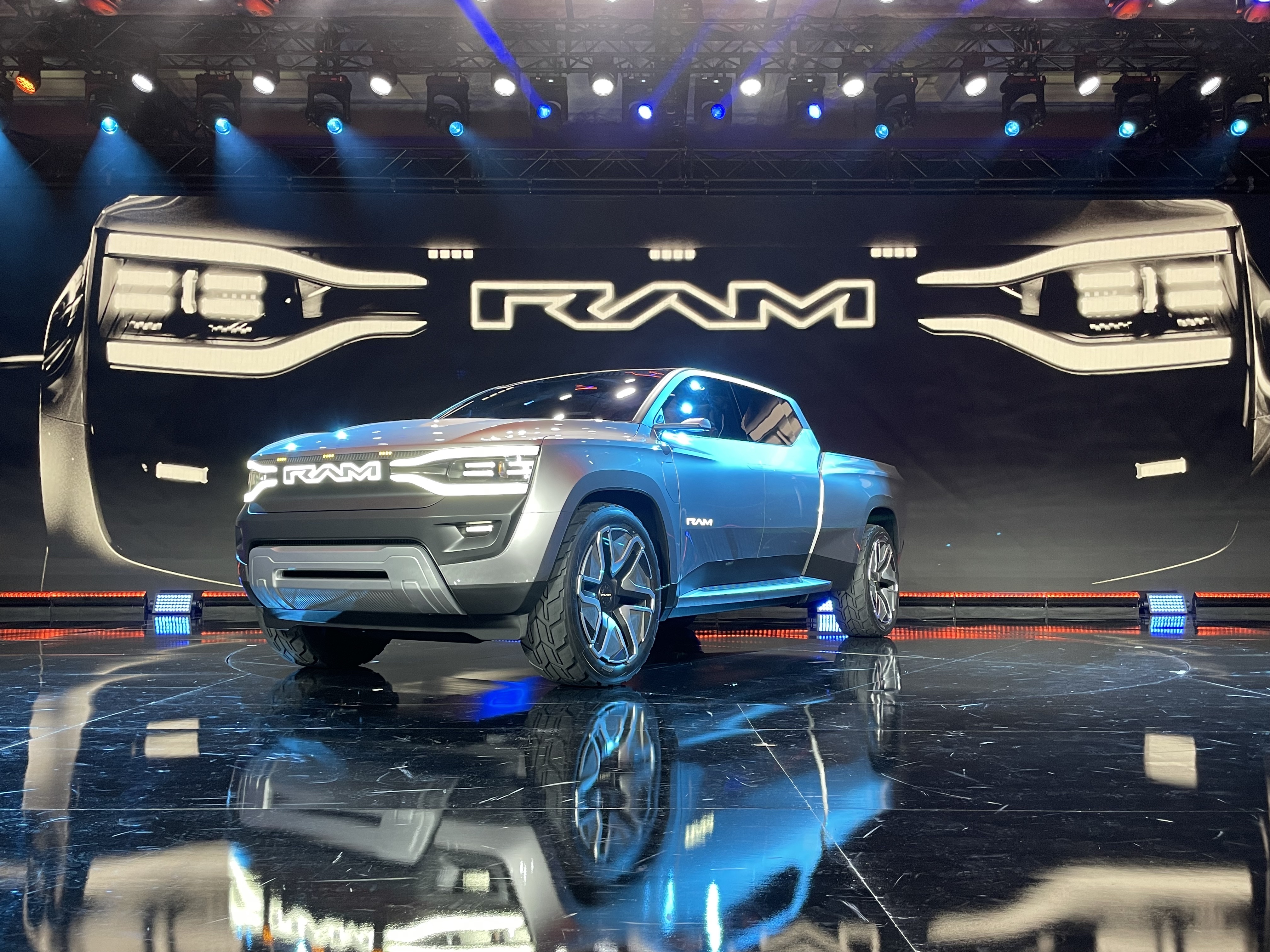
Ram Scraps EV Pickup Truck Plans: What Does This Mean for the Future of Electric Trucks?
In a surprising turn of events, Ram has announced it is ending its plans to produce a fully electric pickup truck. This decision, reported by TechCrunch on September 12, 2025, sends ripples throughout the automotive industry and raises questions about the future of electric pickup trucks and Ram’s strategy in the increasingly competitive EV market. So, what’s behind this significant shift, and what are the potential implications for consumers and the wider EV landscape?
A Shift in Strategy: Why Ditch the Electric Pickup?
While Ram hasn’t released a detailed official statement regarding the complete cancellation of the electric pickup truck, industry analysts suggest several key factors likely contributed to this decision. One major consideration is likely the changing landscape of battery technology. The pursuit of higher energy density, faster charging capabilities, and improved cold-weather performance is a constant race. Perhaps Ram felt its initial design was becoming outdated, and the costs associated with updating the platform were not justifiable.
Another potential reason involves the evolving understanding of customer demand for electric trucks. While there's certainly excitement surrounding electric vehicles, the specific needs and expectations of truck buyers – things like towing capacity, range under heavy load, and charging infrastructure in rural areas – are uniquely challenging. Ram might have concluded that the market for an electric pickup that truly meets the needs of their traditional customer base wasn't yet mature enough to justify the investment.
What This Means for the Electric Truck Market
Ram's decision has several implications for the electric truck market:
- Increased Competition for Existing Players: With Ram seemingly out of the immediate race, companies like Ford (with the F-150 Lightning), Rivian (with the R1T), and Tesla (with the Cybertruck) now face less direct competition. This could allow them to consolidate their market share and further refine their offerings.
- Potential Slowdown in Innovation: Competition often drives innovation. Ram’s absence could remove some of the pressure on other manufacturers to push the boundaries of electric truck technology. However, market forces and emerging advancements could still maintain the current momentum.
- Uncertainty for Consumers: For potential buyers who were eagerly awaiting a Ram electric pickup, this announcement is undoubtedly disappointing. It leaves a gap in the market for those seeking a blend of Ram's traditional truck capabilities with electric power. They will likely turn to existing or soon-to-be-released competitors.
What's Next for Ram and Electric Vehicles?
While a fully electric pickup truck may be off the table for now, it's unlikely that Ram is abandoning electrification altogether. The company is likely exploring other avenues for incorporating electric technology into its lineup.
- Focus on Hybrid Technology: Ram might be shifting its focus towards plug-in hybrid (PHEV) models. This approach allows them to offer some of the benefits of electric power – like improved fuel economy and reduced emissions – without the range anxiety associated with fully electric vehicles. PHEVs offer a good middle ground for customers hesitant to fully embrace electric.
- Developing Advanced Powertrains: Ram could be investing in research and development of next-generation battery technology or alternative fuel systems. This would position them to re-enter the electric truck market when the technology and market conditions are more favorable.
- Electrifying Other Vehicle Segments: Ram might be considering electrifying other vehicle types, such as SUVs or commercial vans. These segments may present fewer technical challenges and a more receptive customer base compared to the demanding pickup truck market.
Analyzing Long-Tail Keywords and SEO
Let's look at some of the long-tail keywords we used in this article and why they are important for SEO:
- "Ram electric pickup truck": This is a fundamental keyword phrase directly related to the article's topic. People searching for information about Ram's electric truck plans will likely use this phrase.
- "future of electric pickup trucks": This targets a broader audience interested in the overall trajectory of electric trucks, capturing readers even if they aren't specifically interested in Ram.
- "towing capacity electric trucks": This addresses a key concern for truck buyers considering electric vehicles. Targeting specific pain points like towing capacity increases the article's relevance.
- "Ram PHEV models": If Ram shifts to plug-in hybrids, this keyword becomes increasingly relevant for people searching for Ram alternatives to fully electric trucks.
- "challenges of electric pickup trucks": This targets users searching for information about the drawbacks of electric trucks, providing an opportunity to address concerns and offer potential solutions.
- "electric truck market analysis": This broader term attracts readers interested in industry trends and market dynamics.
By strategically incorporating these and other related long-tail keywords, this article aims to rank higher in search results for relevant queries, driving organic traffic and increasing visibility for Ram’s decision and its implications.
The Road Ahead for Electric Trucks
Ram's decision to halt its electric pickup truck plans is a reminder that the transition to electric vehicles is not a smooth or predictable process. The technology is constantly evolving, and customer demand is still being shaped. While this news might cause some uncertainty in the short term, the long-term trend towards electrification remains strong. We can expect to see continued innovation and competition in the electric truck market as automakers refine their strategies and technologies to meet the evolving needs of consumers.